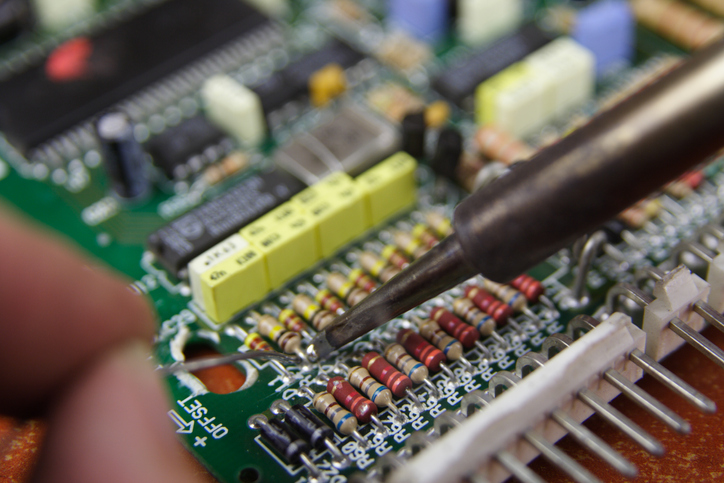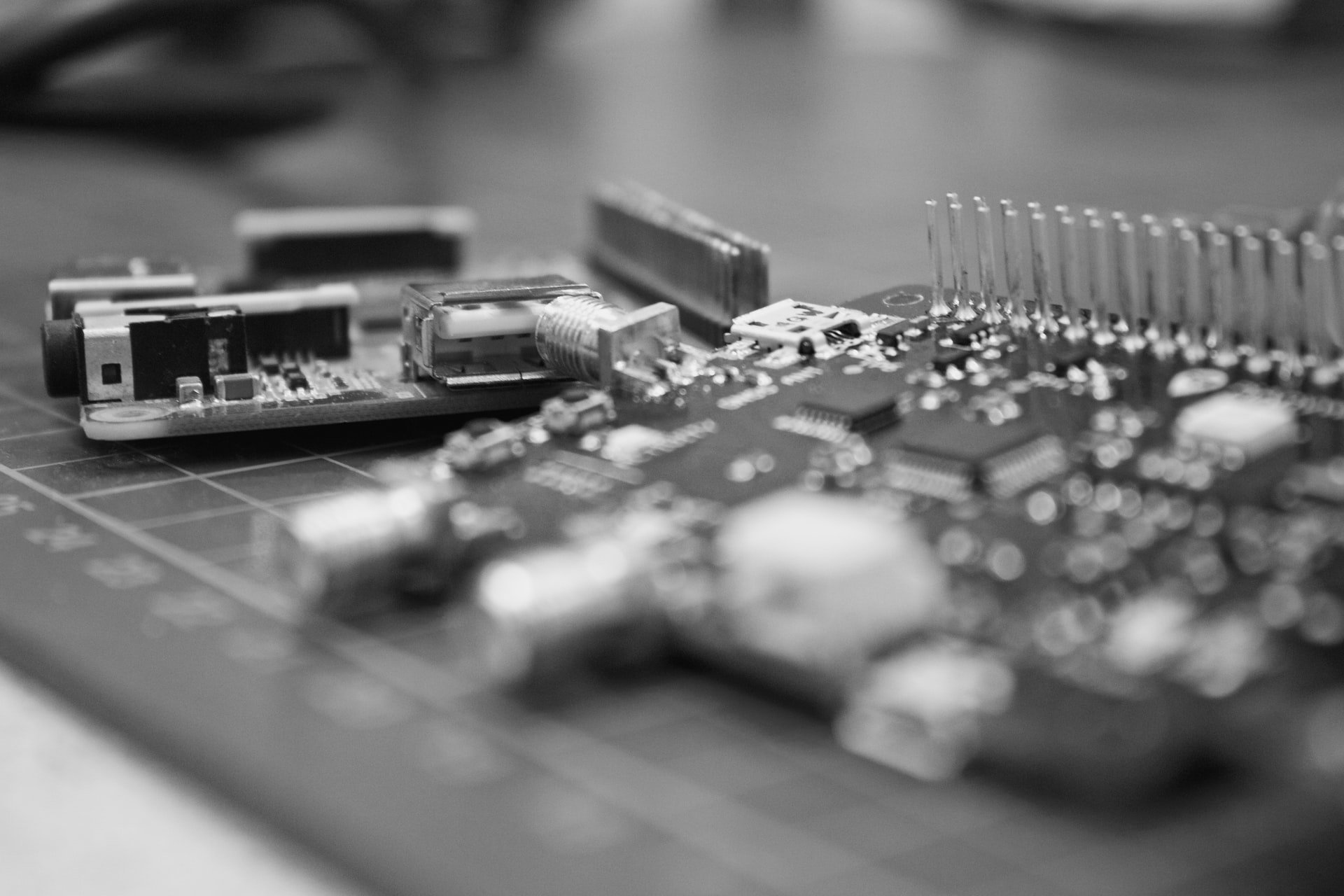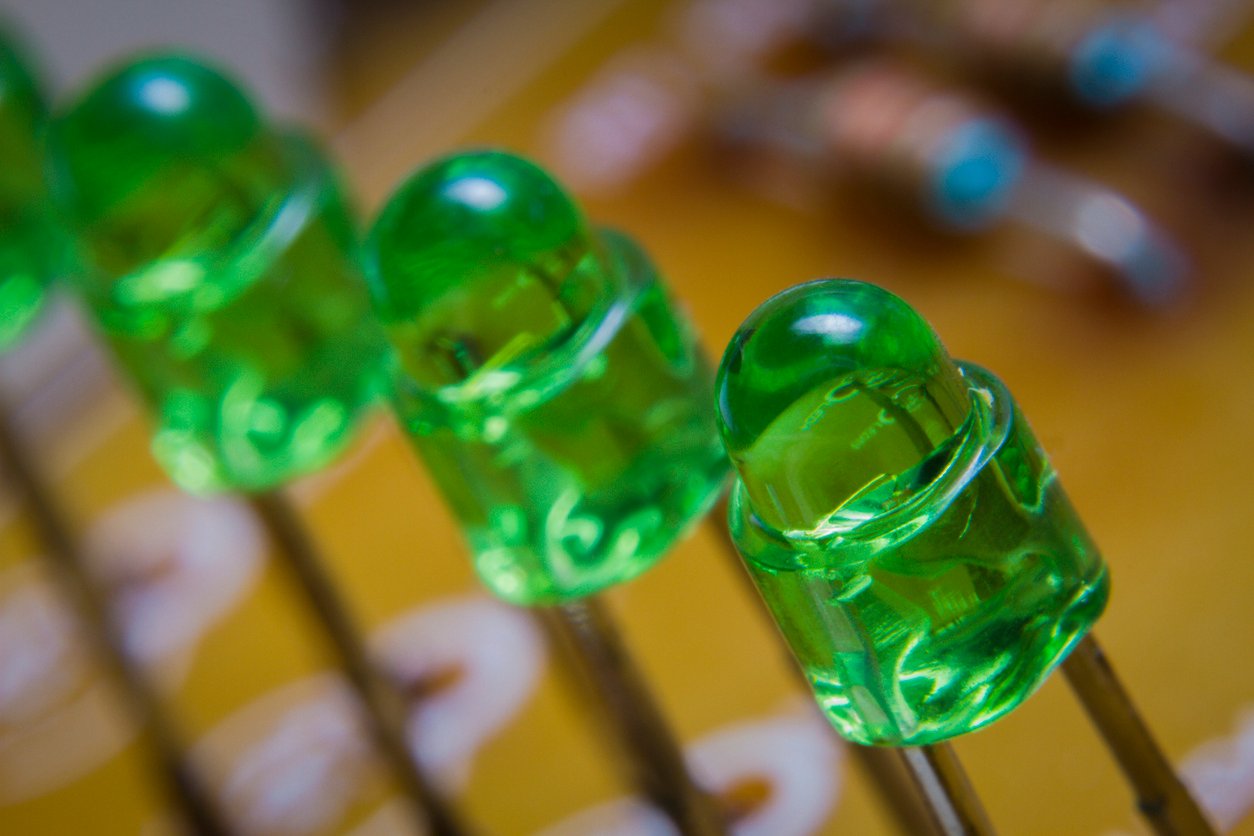8 Steps to Electronic Product Design With Surface Mount Technology
If you’re considering switching an existing electronic product design from through-hole technology to surface mount technology (SMT), you’ll want to...
 When introducing a new electronic product design, many OEMs don’t fully understand the differences between IPC classifications -- or understand them at all.
When introducing a new electronic product design, many OEMs don’t fully understand the differences between IPC classifications -- or understand them at all.
IPC is an industry association for printed circuit board (PCB) and electronics manufacturing service companies, their customers, and their suppliers. IPC defines a set of standards that contract manufacturers agree to follow.
The IPC has separated PCBs into three categories to reflect the level of quality and expectations for each board type:
Class 1 Electronics: General commodity electronics
Class 2 Electronics: Dedicated service electronics. Expected to work continuously in an industrial setting.
Class 3 Electronics: High-reliability, mission-critical electronics
Understanding the classes and their requirements can be helpful to electronics engineers and purchasers who aren’t sure to which class their product should belong, or who are specifically aiming to follow IPC Class 2 specifications. Factors like cost and intended use weigh heavily when deciding which class to pursue.
This article will focus on IPC Class 2 specifications, and hopefully help you launch a successful electronic product.
(Related article: Class 3 Electronics)
Class 2 dedicated service electronics products are expected to work in industrial environments that require continuous performance. Unlike Class 3, however, they do not have to work on demand. In other words, nobody is in danger if Class 2 electronic devices stop.
If the product is going to be put into a bottling plant, for example, it can be Class 2. If it stops working, the bottler may simply buy another one rather than invest in troubleshooting.
Class 2 electronic devices see use in industries where the end product has a specified life span but also needs to hit a predetermined cost factor. This might apply to manufacturers of:
Mining equipment
Microwaves
Televisions
Tablets
Air conditioners
Sometimes you don’t have a choice, and the industry you’re in dictates that you must produce electronic products that meet Class 2 or 3 standards.
Sometimes there’s a sizable cost gap between Class 2 and Class 3. Typically, the purchaser does not want to spend $1,000 each on a board that won’t be around for long..
It may be more cost-efficient to build a PCB designed for a shorter life span at $200 each. In these cases, the OEM may opt to order new products instead of bothering with repairs..
Depending on the final price comparison, the engineer might even push for a lower IPC classification. If you want to provide support from an aftermarket/repair perspective, that business decision may determine the best choice of class.
One of the biggest design considerations for Class 2 is “off the pad” components. The PCB designer knows this refers to components that are off the pad on the circuit board.
In a perfect world, 100% of the components are on the pad, but with Class 2 you can design with up to 50% of components off the pad. With Class 3 electronics, that number drops to 25%.
Why? The less contact area there is on the pad, the less electrical connection you’ll get. This design choice can also affect the lifespan of a product.
In reality, Class 2 and Class 3 electronic devices use 90% of the same components. The differences between Class 2 and Class 3 are more about manufacturability and the amount of work your electronics contract manufacturer has to put into the project.
On the other hand, coating specifications are much looser with Class 2 PCB design.
Considerations go beyond manufacturability. One other possible consideration in choosing Class 2 is testing. Class 2 documentation is usually less stringent, and therefore less of a cost factor. Testing can get more complicated for certain Class 3 products, such as medical devices.
If you specify Class 2, you may be able to avoid more robust (read: costly and time-consuming) tests.
You can probably skip the in-circuit test, which can cost up to $50,000.
AOI (automated optical inspection) classifications will be more relaxed.
Your ECM is less likely to push a flying probe test on you.
The classification relies in part on the certifications required for the industry where the device will be used.
Your electronics contract manufacturer should be able to help with DFM (design for manufacturability). This will help the specifying engineer determine which classification is most economical for the company that owns the IP. in order to efficiently balance creativity with product functionality.
Ultimately the engineer is left to determine electronic product design -- and IPC classification -- based on being able to produce a quality product on time, within budget.
If a Class 2 designation meets the end needs, go for it! There’s often no need to attempt to meet Class 3 standards if you don’t have to. On the other hand, even if your application only requires Class 1 electronics design, it may still be wise to make it Class 2 just to ensure better performance.
Don’t go it alone. Remember these are all situations your contract electronics manufacturer should be experienced in reviewing and guiding.

If you’re considering switching an existing electronic product design from through-hole technology to surface mount technology (SMT), you’ll want to...

Prototyping isn’t reserved for high-tech vehicles or revolutionary consumer gadgets. It’s also a great practice for manufacturing printed circuit...

At this point, we’re all familiar with light-emitting diode (LED) lights. From the bright, efficient bulbs replacing the old filament lamps, to the...